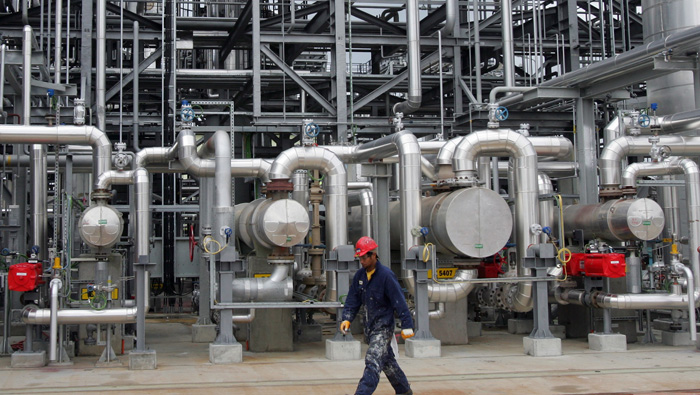
Riyadh: Oil consumption in Saudi Arabia, the world’s biggest crude exporter, is expanding at the slowest pace in at least six years as low energy prices hurt economic growth.
The kingdom’s demand for oil increased by an average of 24,000 barrels a day in the first five months of 2016, the slowest growth rate for that period since at least 2010, the first year for which data are available from the Joint Organisations Data Initiative (JODI) in Riyadh.
The International Energy Agency (IEA) is now looking for a drop in demand in Saudi Arabia for all of 2016, after forecasting an increase earlier this year.
Consumption of gasoline, kerosene and other refined products contracted this year, slipping by 22,000 barrels a day in the first decline since at least 2002, when JODI began tracking data. JODI monthly data on total oil demand, which includes crude burned to generate electricity, dates back to 2009. Demand has been crimped after governments in the oil-rich region cut or removed fuel subsidies, BMI Research said in a July 27 report.
"If the oil slump continues into next year and governments are not in the position to use counter-cyclical fiscal measures to support the economy, we aren’t going to see a huge contribution to oil-consumption growth from the region," Edward Bell, a commodities analyst at Dubai-based lender Emirates NBD, said in an interview.
Saudi Arabia has boosted output for years to sustain export income while also satisfying domestic demand. The kingdom’s consumption spikes between June and September when air-conditioning use peaks. Demand for refined fuels such as gasoline has doubled since 2003, according to JODI.
Saudi Arabia, the United Arab Emirates, Qatar and Bahrain have reduced or eliminated fuel subsidies over the past year to limit government spending because of low oil prices. Brent crude, an international benchmark, has dropped 20 per cent in the past year and traded at $42.46 a barrel on Friday compared to over $100 a barrel as recently as in 2014.
Saudi Arabia, the Middle East’s largest economy, was expected to contribute almost half of the 100,000 barrel-a-day increase in regional demand that the IEA forecast for this year. The Organisation of Petroleum Exporting Countries expects the kingdom to contribute a comparable share of a projected 180,000 barrels a day in new consumption from the Middle East in 2017, the group said July 12 in its monthly report.